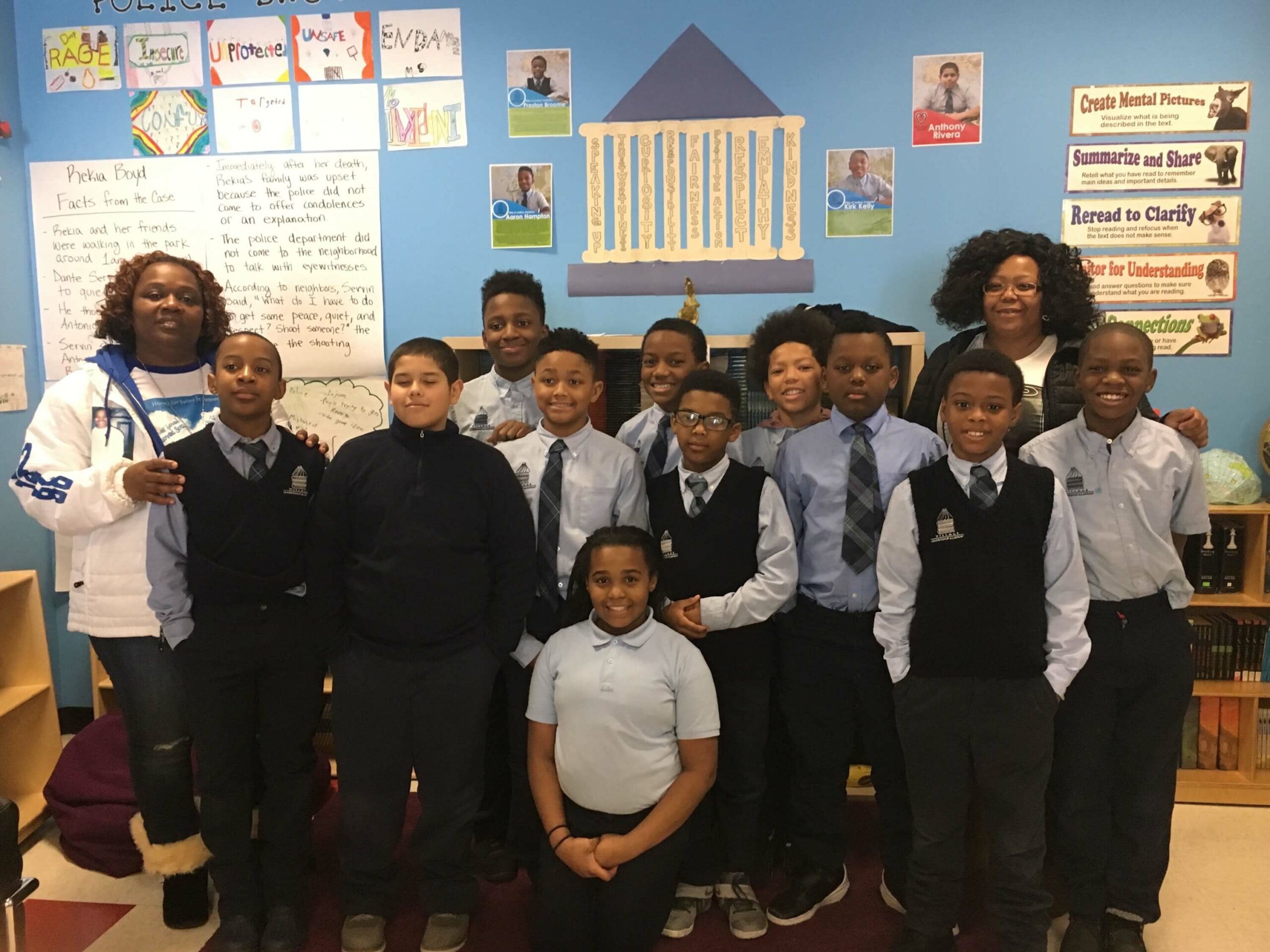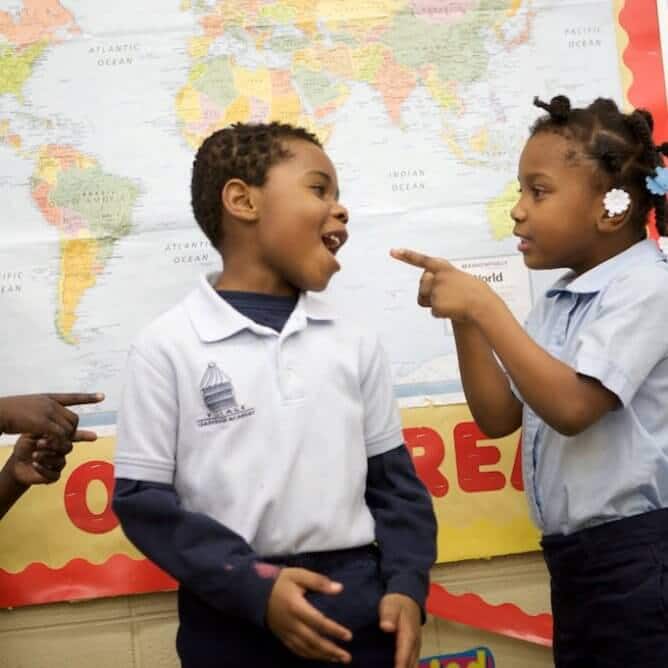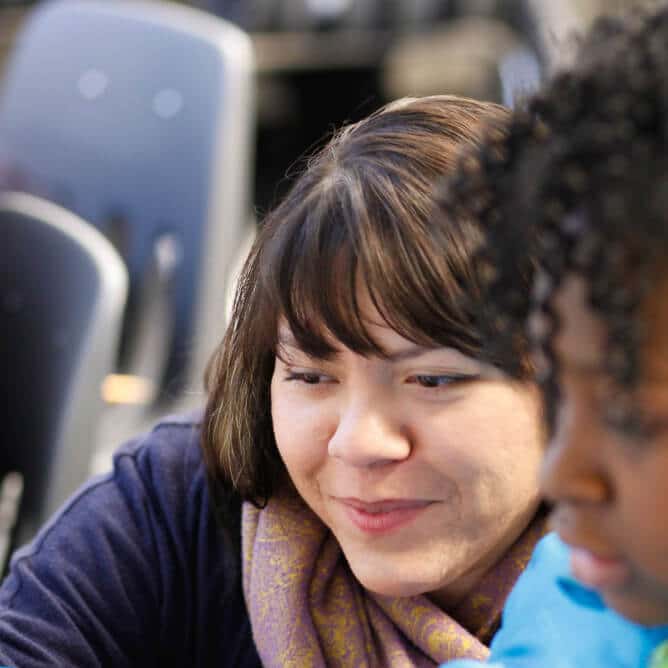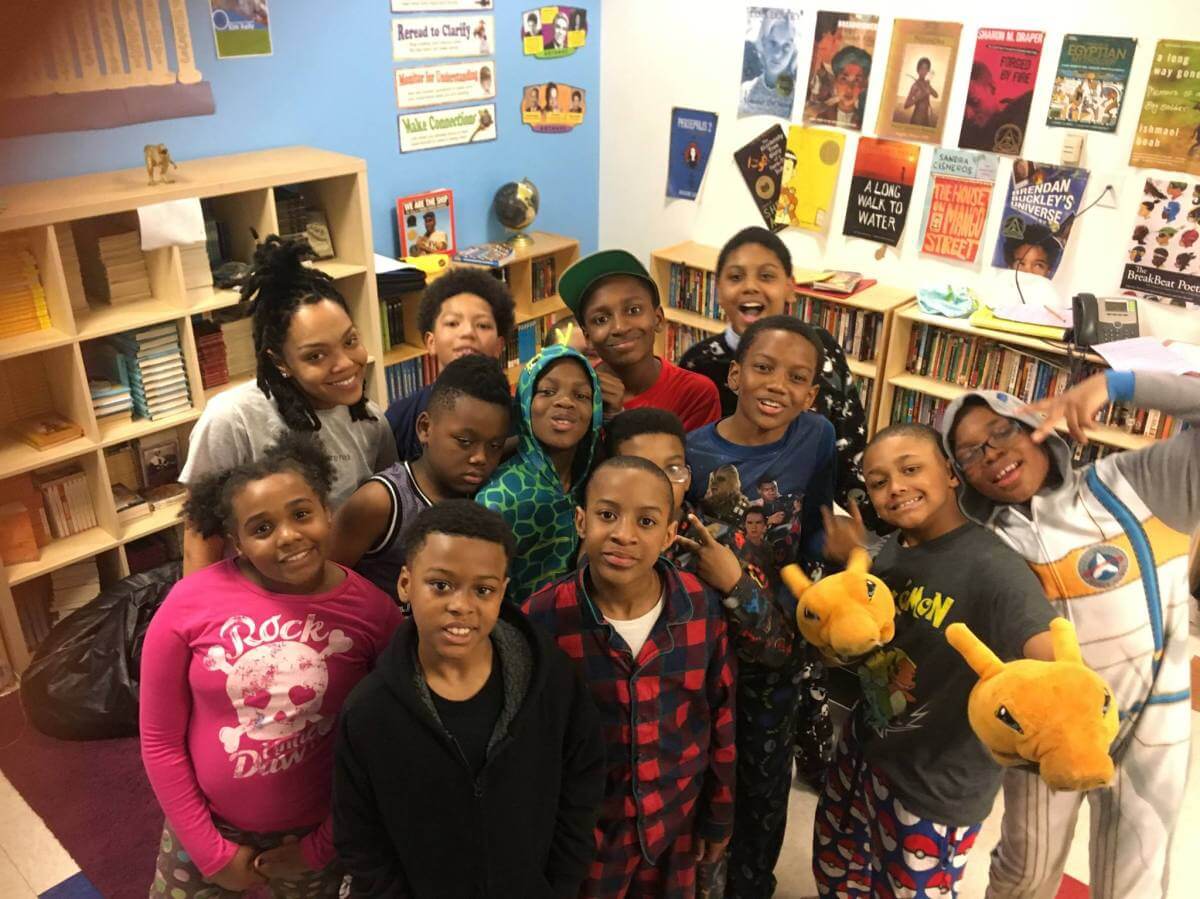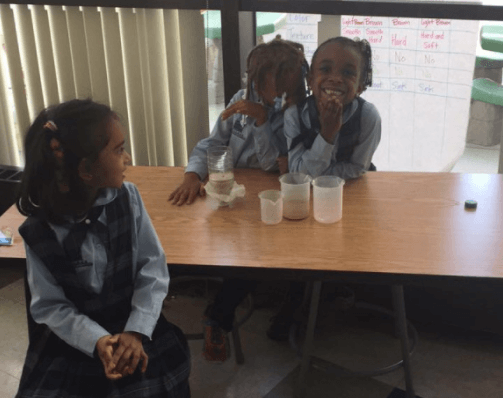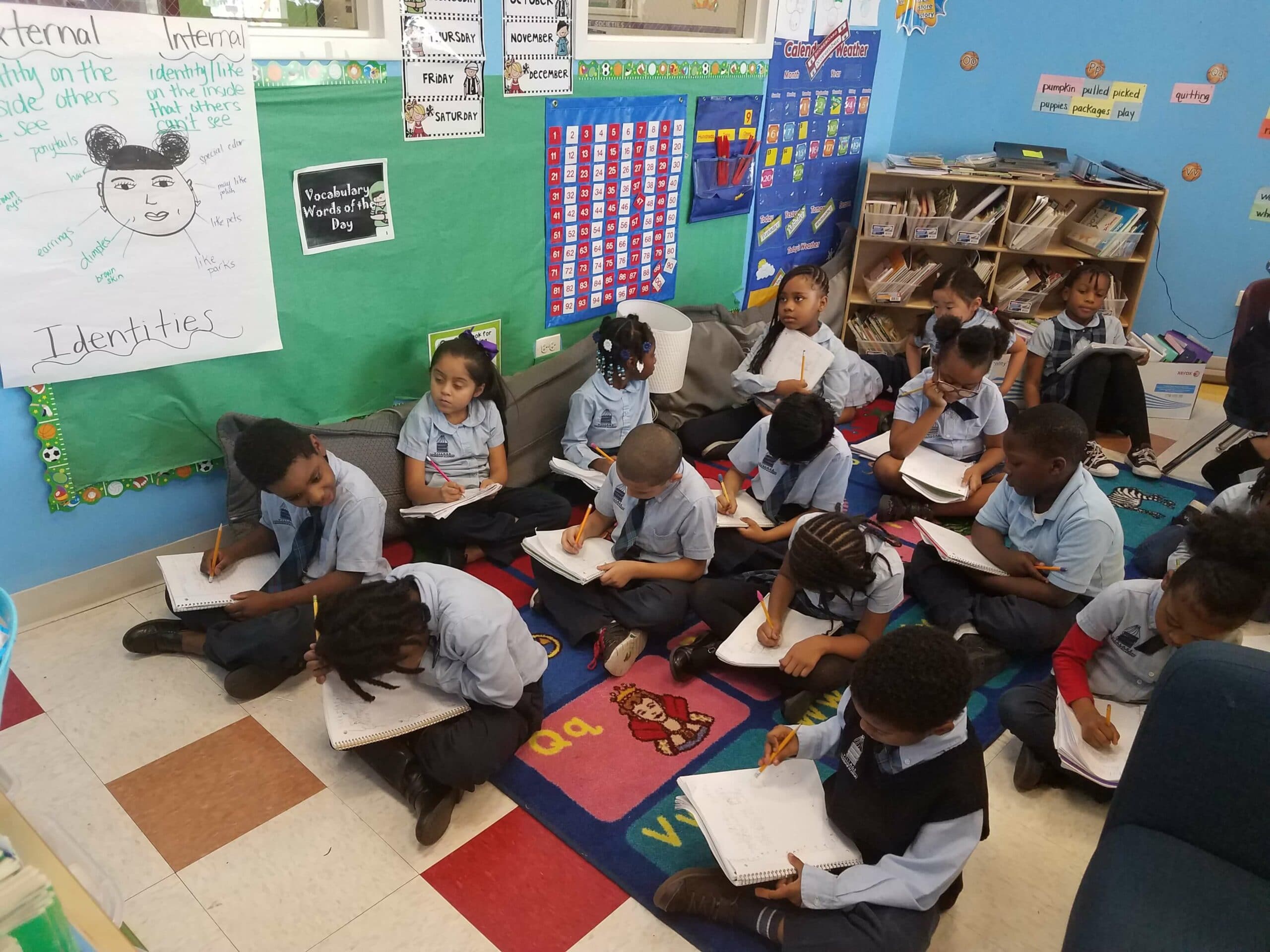Blog
Kids Driven to Change: The Importance of Pairing Academics with Service Learning
By: VLA Instructional Coordinator, Maria Wahlstrom
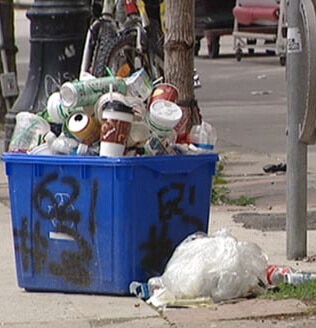
I have been individually meeting with teachers all week to discuss progress on their class Service Learning Projects for the school year.
This year, I realized that the combined efforts of all classrooms in these student-led service projects can impact hundreds of individuals within Chicago and world wide. Wow. These kids are amazing, and their potential is even greater. There is a clear ripple-effect of change streaming from our classrooms, and the impact is tremendous. Our students are already changing lives, and their lives are being changed in return. I am inspired…again.
Let me just share with you a few examples of these amazing projects that our students are leading this year:
1) In reaction to learning about clean water scarcity around the world, one Kindergarten class decided to raise “lots of money” (aka at least $500) with various class fundraisers to build a spring catchment well for a village of 250 people in Africa through Africare. By partnering with Kids for Africare, they get to see pictures of the wells they are helping to build.
2) Another first grade class decided they wanted to launch “Project Darfur” to spread awareness about some of the issues in Sudan to older kids from outside schools. Additionally, they set an ambitious goal of raising “$2000” to help refugees and people in the region (the “$2000” dollars was dictated entirely by the students). Students and Ms Ebacher collaboratively brainstormed a plan of action for fundraising the money.
3) In response to global warming and crucial issues facing the environment, fourth graders decided they wanted to do environmental service in their community. They noticed the limited or lack of recycling efforts in their neighborhood, and they decided “this needed to change.” Their project is to raise awareness in their communities about the importance of recycling and conservation. To advocate for a more environmentally friendly community, they are cleaning up streets and setting up recycling bins and signs on various blocks, corners, and community centers.
Service Learning Projects are a requirement for our Social Justice program here at Village Leadership Academy, and I believe they are essential for empowering children in general. Service Learning in schools does a few important things: 1) it helps communities around the world; 2) it enhances a child’s relationship with their immediate community and the world; 3) it demonstrates to children that their skills and mindsets are important to creating changes they want to see; and 4) it enhances their drive for deeper education so they can not only benefit their own lives, but also benefit others and the world around them.
During Service Learning, classrooms identify a need for change (either in their community or in other parts of the world). Not only do they identify and seek to understand the components to the problem, but they also brainstorm ideas on how they (as kids) can help solve the problem.
Service Learning Projects are primarily student-centered. This means that students practice leadership by identifying the problem, seeking information about the issue, brainstorming strategies to create change, executing a plan of action, and constantly reflecting on their progress and overall impact.
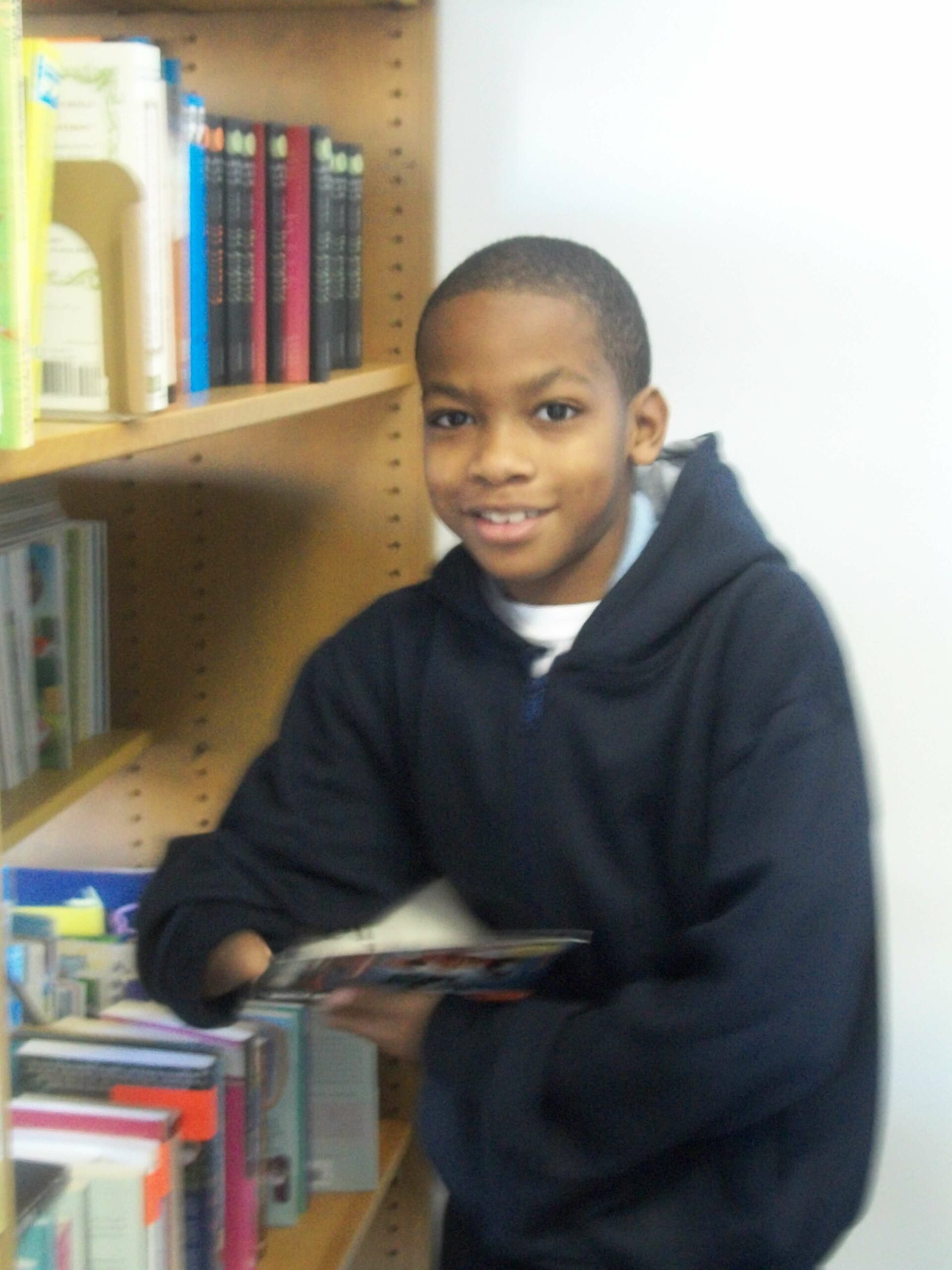
Through service learning, kids understand that they are, in fact, a highly valuable link in this world. Their minds, ideas, and actions are way too important to be wasted. We want them to internalize the notion that: yes, obstacles may be tough, but overcoming them with problem solving and determination is absolutely worth it. They are worth it, and they are needed to make a better world.
Only improving their lives for the sake of academic scores and our obsession to “get disadvantaged kids to college” is, in fact, a limited view on its own. Yes, these things are highly important, but they are only one step towards improving their world: our world. The other step is allowing kids opportunities to take action in domains that continue to hinder groups of people and see the meaning beyond all of these efforts. At a young age, we should emphasize “change” as much as “college.”
These projects demonstrate that kids already possess thoughts, stories, talents, and ideas worth sharing with others. Service learning shows our students how they can relate to the world in positive ways. It helps them discover how education is connected to thier lives, and how their lives are connected to the world. Hopefully, they will begin to realize: education is a tool (a source of empowerment) to make something greater, and they have a role in this transformation.
We ask our kids, why should we learn in the first place? Is there something beyond college that we should strive for? What good is knowledge if you keep it to yourself and use it only to better yourself? They discover that their lives and education can make a difference in other people’s lives: that simply identifying or complaining about problems is not enough.
Solving problems is the key.
If parts of academics teaches children how to solve problem, why not extend problem solving skills beyond word problems and hypothetical scenarios to the real world? Why not execute problem solving skills on things they want to solve as well? If a child sees problems in their community or in outside communities, they should feel empowered to try to do something positive to counter them (even if it is simple). Educators should not allow kids to feel discouraged or intimidated for any reason. Rather, educators should guide them to become proactive in their environment, rather than reactive. Educators should encourage them to stop, think, and do something positive in response.
Ms Hobbs, our principal, said it perfectly during one of our weekly discussions. She told me something like this: “Maria, this world needs a lot. This world need you and all of our students to do something. So, just imagine a way to better something in the world and then build it. period.” This is one of the key messages that I deeply believe as well: it is one of the messages that relentlessly drives my work. This is the message that will hopefully drive our kids to be the leaders they are.
They can do many positive things in many types of ways. Just watch.
I recommend the Kid’s Guide to Social Action as a good teacher resource book for starting service learning projects in the classroom.
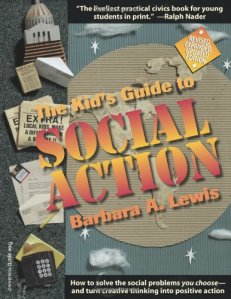
Enroll Now
Discover a partner in the future of your child. Enroll your scholar for the 2021-2022 school year today!
